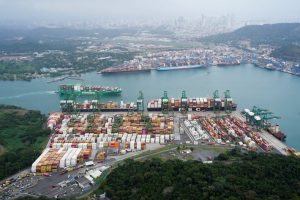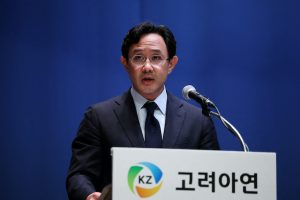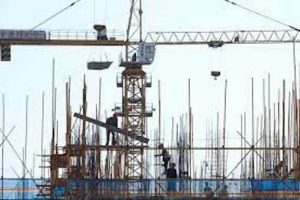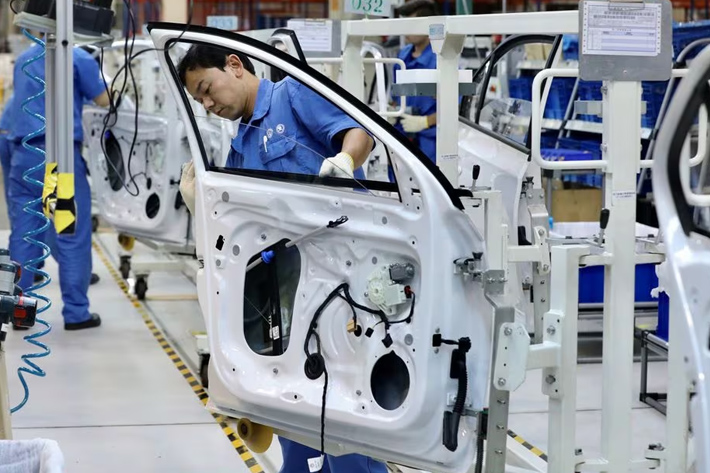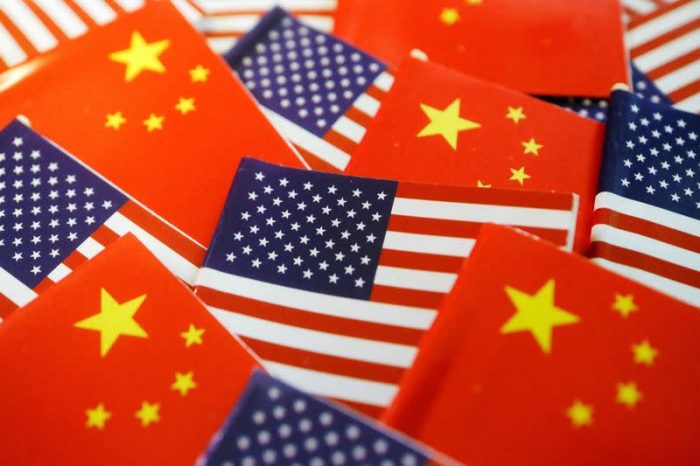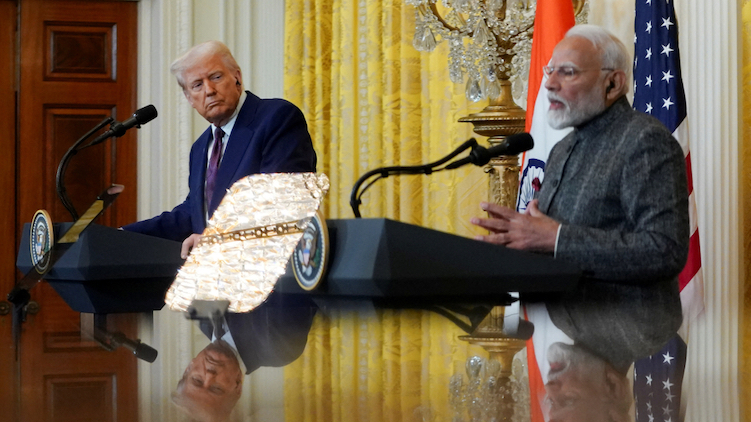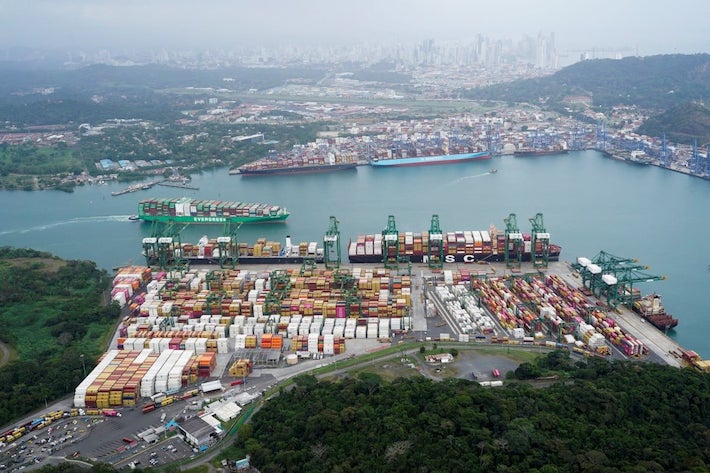(ATF) Profits at China’s major industrial firms continued to fall in the first four months of 2020, with state-owned enterprises (SOEs) taking the biggest hit, even amid signs the economy is recovering from the coronavirus outbreak.
The news comes as the People’s Bank of China (PBoC) said it would pump more money into the financial system if necessary.
Profits of industrial companies with annual revenue of more than 20 million yuan ($2.8m) totaled 1.26 trillion yuan during the January-April period, down 27.4% year-on-year, according to National Bureau of Statistics (NBS) data released Wednesday.
However, the contraction narrowed from a 36.7% decline in the first quarter, the data showed. Officials attributed the contraction to government efforts to coordinate virus containment and economic growth.
In April alone, industrial profits edged down 4.3%, recovering from a 34.9% drop in March, as production and sales rebounded with the lifting of a nationwide lockdown on tens of millions of people, NBS statistician Zhu Hong noted. Increasing investment returns last month as well as a low comparison base last year contributed to the improvement, Zhu added.
The coronavirus pandemic that has plunged the world into an unprecedented recession produced the first quarterly contraction in China GDP since the country opened its economy to market forces in the early 1980s. While Communist Party leaders have hailed China’s rebound, the data suggests the recovery will be long and tough.
Trillions of yuan in stimulus measures have already been put in place, including the front-loading of this year’s scheduled bond sales to help boost infrastructure projects and to fast-track development of the technology sector.
‘Not optimistic’
Despite the narrowing declines, Zhu was “not optimistic” about business profitability as yet-to-recover market demand, retreating industrial prices and cost pressures would weigh on earnings, he said.
Profits at SOEs, meanwhile, fell 63% in the period, data from the Ministry of Finance showed Tuesday, following a 60% decline in the first quarter.
Total profits at SOEs stood at 412bn yuan in the period. SOEs have generated combined revenue of 17tn yuan during the period, down 9.2% from a year earlier, the ministry said.
The announcements followed a declaration by the PBoC that it would continue to add stimulus to the battered economy.
Central bank governor Yi Gang said the country’s economic fundamentals for sustained sound growth remained unchanged despite uncertainties. Yi reiterated that the PBoC will pursue a “prudent monetary policy in a more flexible and appropriate way”.
He vowed to strike a balance between epidemic containment, economic activity restoration and risk control, would enhance counter-cyclical adjustments and steadily push forward work on defusing risks, Yi said in an interview with the Financial News and China Finance, the PBoC-affiliated newspaper and magazine.
Yi noted the central bank will use a variety of monetary policy tools and develop new ones to maintain ample liquidity and ensure M2 money supply and aggregate financing grow at higher rates than last year.
To bolster the real economy, the PBoC has lowered the reserve requirement ratio for financial institutions three times in the first five months this year, releasing a total of 1.75tn yuan into the banking system.
Yi warned the country’s banks may face rising non-performing loan ratios and pressure to dispose of bad debts, adding that the country will support banks, especially small and medium-sized lenders, to replenish capital through multiple channels and improve management to enhance their capacity to handle bad loans.






